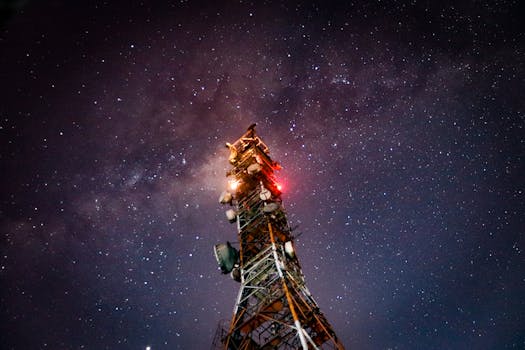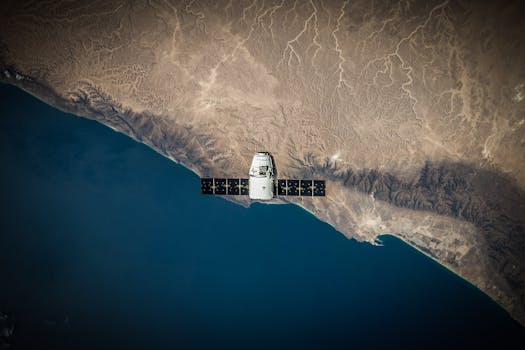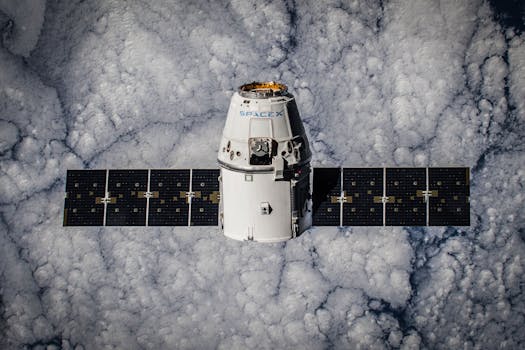MEO Satellites: Revolutionizing Global Communication with Medium Earth Orbit Technology

MEO Satellites: Revolutionizing Global Communication with Medium Earth Orbit Technology
MEO satellites, or Medium Earth Orbit satellites, are a type of satellite that operates in an orbit between 2,000 and 36,000 kilometers above the Earth’s surface. This orbit is higher than Low Earth Orbit (LEO) satellites but lower than Geostationary Orbit (GEO) satellites. MEO satellites are designed to provide global coverage and are used for a variety of applications, including navigation, communication, and Earth observation.
The use of MEO satellites is becoming increasingly popular due to their ability to provide faster and more reliable connections than traditional GEO satellites. MEO satellites have a lower latency than GEO satellites, which means that they can provide real-time communication services. This makes them ideal for applications such as voice and video conferencing, online gaming, and cloud computing.
How MEO Satellites Work

MEO satellites work by transmitting and receiving signals to and from Earth-based stations. The satellites are equipped with transponders, which are devices that receive and retransmit signals. The signals are transmitted to the satellite on a specific frequency, and the satellite then retransmits the signal on a different frequency to the destination station. This process allows for communication between two points on Earth that are not in line of sight with each other.
MEO satellites are typically launched into orbit using a rocket, and once in orbit, they use their own propulsion system to maintain their position and altitude. The satellites are designed to operate for many years, with some having a lifespan of up to 15 years or more.
Applications of MEO Satellites

MEO satellites have a wide range of applications, including navigation, communication, and Earth observation. One of the most well-known applications of MEO satellites is the Global Positioning System (GPS), which uses a constellation of MEO satellites to provide location information to GPS receivers on the ground.
MEO satellites are also used for communication purposes, such as providing internet access to remote areas or backing up traditional fiber-optic networks. They can also be used for voice and video conferencing, online gaming, and cloud computing. In addition, MEO satellites are used for Earth observation, such as monitoring weather patterns, tracking ocean currents, and detecting natural disasters.
Benefits of MEO Satellites

MEO satellites offer several benefits over traditional GEO satellites. One of the main benefits is their lower latency, which makes them ideal for real-time communication services. MEO satellites also have a higher bandwidth than GEO satellites, which means they can transmit more data at once. This makes them ideal for applications that require high-speed data transfer, such as online gaming and cloud computing.
In addition, MEO satellites are more resistant to interference than GEO satellites. This is because they are farther away from the Earth’s surface, which reduces the amount of interference from other satellites and terrestrial sources. MEO satellites are also more secure than GEO satellites, as they are less vulnerable to hacking and other forms of cyberattack.
Conclusion

In conclusion, MEO satellites are revolutionizing the way we communicate globally. Their ability to provide faster and more reliable connections than traditional GEO satellites makes them ideal for a wide range of applications, including navigation, communication, and Earth observation. As the demand for global connectivity continues to grow, the use of MEO satellites is likely to become even more widespread, providing new opportunities for businesses, governments, and individuals around the world.
See more:

